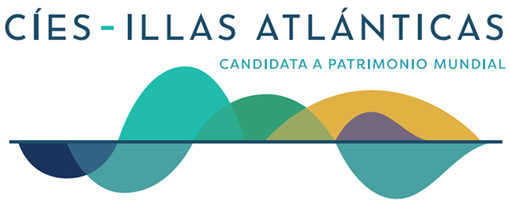Here you can find the best beach in the world. And it's not because we say so ourselves, but The Guardian newspaper. We are referring to the Rodas Beach beach located in the Cíes islands. Crystal clear water, fine golden sand, a crescent shape with a sheltering pine forest that invites you to a nice nap.
If in the past the Cíes Islands were a pirate haunt, today they are uninhabited and only open to the public in the summer. In this way they are preserved as a natural haven, without haste, without traffic. Just the sound of the waves and the wind. But if you long for noise, climb up to the Faro lighthouse. The views are amazing and you can enjoy a unique spectacle: thousands of seagulls squawking (possibly the largest colony in Europe) around the cliffs... flying at you feet.






